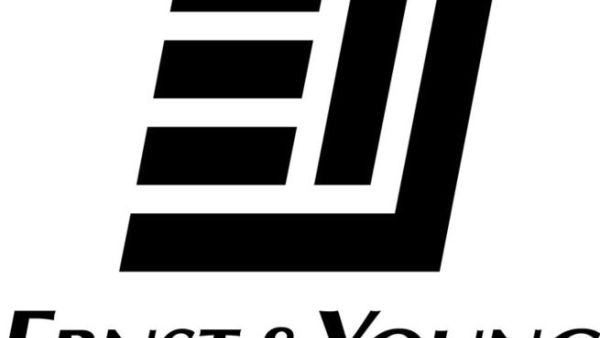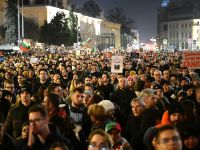According to Ernst & Young's H1 Middle East IPO update, the regional IPO markets maintained a low level of activity with 11 small-sized IPOs worth a total of US$1 billion going through in the first half of this year. This was a 9% decrease compared to the same period last year, which continued the declining IPO trend in the region.
Similar to 2009, the IPO market was dominated in the first half of 2010 by Saudi insurance companies as local regulations required they go public within a certain timeframe. New listings are being launched at a slower than expected pace due to continued economic uncertainty and dampened investor confidence. Over 100 IPOs have been announced for the second half of 2010, but only a few are likely to come through this year.
However, regional IPO markets have shown an increase for the second quarter in a row this year. According to the update, there was a 40% increase in total capital raised in Q2 of 2010 (US$590.6 million) compared to Q1 (US$420.5 million).
Phil Gandier, MENA Transactions Leader says: "Though the numbers are not at pre-crisis levels, the trend seems to indicate a movement away from the lower end of the market cycle. In the last three quarters IPO activity was mainly seen in KSA, Jordan, Qatar, Egypt and Syria. To really be on a path to recovery, we need to see new companies reaching out to investors in the other regional markets as well."
KSA leads the rally, Syria makes an impact
The Middle East's largest IPO in Q2 2010 was Saudi-based Knowledge Economic City Company. It raised US$272.0 million, 46% of the regional total. Of the other four IPOs, one was Egypt-based Juhayna Food Industries (US$176.4 million), one was Saudi-based Al Hassan Ghazi Ibrahim Shaker Company (US$137.2 million) and the remaining two were Syrian - Cham Exchange Company (US$2.7 million) and United Exchange Company (US$2.4 million).
Phil adds: "The regional IPO market has shown some signs of life on the back of increased Saudi investor confidence and companies in the insurance sector seeking funds. Unless sentiments improve, we believe the number of IPOs in the region will remain at similar levels."
Global IPO activity sustains momentum in Q2 2010
Global IPO activity increased in Q2 with 76 IPOs worldwide compared with 52 the prior quarter. Deal value increased seven-fold to US$9.9 billion from just US$1.4 billion. However activity remains sharply down on 2008 levels when the second quarter saw 269 IPOs raise US$38.2 billion in capital. Emerging markets accounted for 53 of the 76 global IPOs. The threshold values for the top ten global IPOs has improved dramatically this quarter up from US$12.0 million to US$171.3 million, but still radically down year on year (US$848.6 million).
Q2 2010 numbers were bolstered by Brazil's VisaNet deal (US$3.7 billion), which is the largest IPO worldwide so far this year and Brazil's biggest ever and metals company China Zhongwang Holdings Ltd (US$1.3 billion).Together these deals accounted for 60 per cent of capital raised worldwide. Reflecting these IPOs, Brazil and China accounted for two-thirds of global capital raised for Q2.
Gil Forer, Global Director of IPO initiatives at Ernst & Young, comments: "We have seen an increase in activity in the second quarter but capital raised is at a fraction of the prior year. Early signs are that the wider economy has bottomed out but recovery is likely to take time and will vary by region. The IPO market generally trends the macro-economy albeit with a time lag. Historically, markets have taken at least four to six quarters to recover from an economic downturn."
Forer adds, "However highly successful IPOs tend to emerge from post recession periods. These companies, having survived the ultimate stress test, are often leaner and have demonstrated the resilience of their business model. It's a good time for dynamic entrepreneurial companies. And the high performance of stock exchanges around the globe in the second quarter has resulted in renewed interest in companies around the world to go public."
However year on year trends show a marked deceleration in activity with total capital raised in the second quarter of 2008 down 59% from US$90.4 billion
Follow-on offerings
The completion of follow-on offerings in established public companies is sometimes regarded as an indicator of IPO market revival. Between Q1 and Q2 there has been more than a 100% increase in the number of deals (up from 612 to 1,361) and capital raised (US$101.1 billion to US$284.2 billion). However, in terms of value, this has mainly been driven by financial institutions seeking to recapitalize and repair balance sheets.
In addition to follow-on offerings, market analysts commonly cite the following indicators of an IPO market revival: positive fund flows into the equity market, investor appetite, brighter corporate earnings outlook, recovery in market valuations, evidence of liquidity to spur business and consumer spending, successful public-equity transactions involving carve-outs/spin-outs from existing large public companies and new VC/PE-backed IPOs.However year on year trends show a marked deceleration in activity with total capital raised in the second quarter of 2008 down 59% from US$90.4 billion
Gil Forer concludes: "Past recessions have shown that successful companies often emerge from the toughest times. The recovery of the IPO market will require at least two to three quarters of macroeconomic stability and for confidence to be re-built. However when the markets open and valuations improve, high quality companies will be poised to take advantage."







